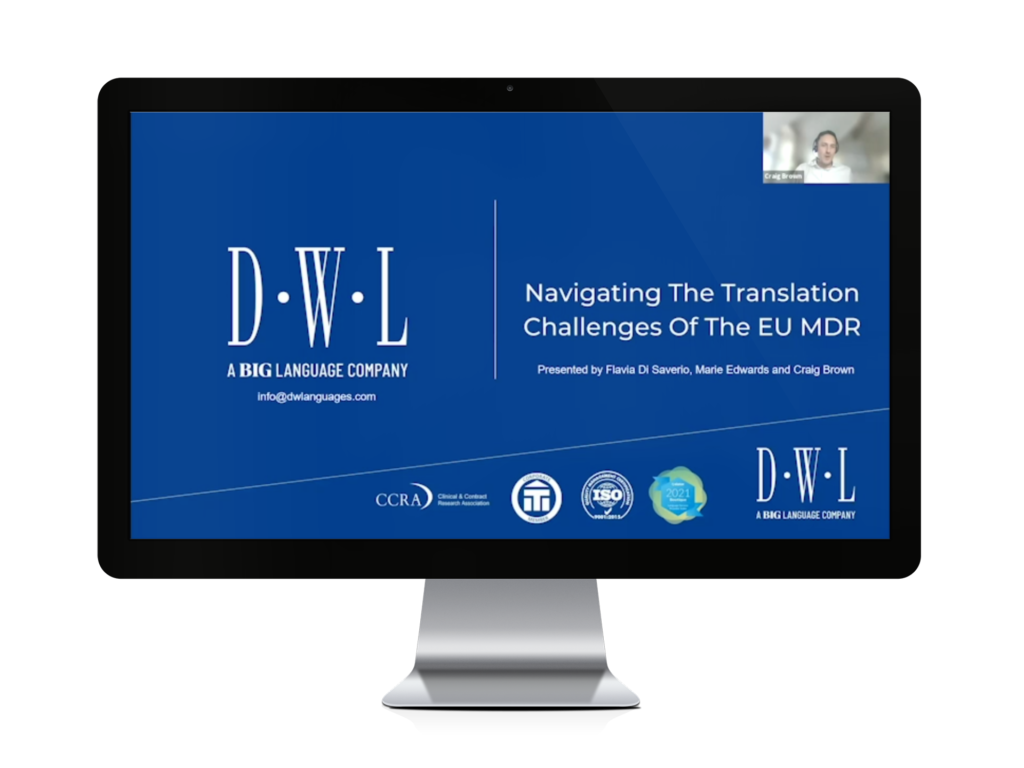Repeated studies have demonstrated that professional healthcare interpretation enhances patient satisfaction and clinical care. As importantly, it helps healthcare entities stay compliant with Federal laws.
What is Healthcare Interpretation?
If a patient has limited ability to speak English, it can make diagnosing and caring for a patient especially challenging for clinicians. Professional interpreters bridge the communication gap between patients and physicians, nurses, lab technicians, pharmacists, and administrators in a wide range of scenarios. They help people with little or no spoken English access services, ask questions, understand clinical diagnoses, and receive an appropriate standard of care.
Who Uses Healthcare Interpretation?
According to the U.S. Census Bureau, almost one in five Americans speak a non-English language as their first language, making healthcare translation services increasingly vital and more commonplace.
However, with up to 350 languages spoken in U.S. homes, it is advisable to focus on the ones most important to your community. This interactive map created by the Department of Education will help you to identify the languages and dialects spoken in the area served by your healthcare facility.

Which Healthcare Interpretation Service is Best for You?
There are three main ways that healthcare providers can use professional interpreters.
- Video Remote Interpretation (VRI)
VRI is the ideal format to access professional translation in real-time. The technology connects the clinician needing assistance to an interpreter equipped with a headset and video camera. Because it is on-demand, VRI integrates easily into telehealth and telemedicine services. It is ideal for use both in emergencies and for providing patients with scheduled healthcare from the comfort of their own homes. The service can also make your healthcare organization compliant with the U.S. Federal laws requiring covered entities to provide language assistance to patients in need. These laws apply to healthcare programs and activities that receive federal funds, such as Medicare and Medicaid reimbursements. - Over-the-Phone Interpretation (OPI)
Also known as telephonic interpreting, OPI functions as a three-way conference call with the interpreter, the healthcare provider, and the party you are calling or who is calling you. It can be the preferred service for healthcare entities looking to access interpretation services for a wide range of less common languages and also facilitates communication between parties who are not available in person or over video. It is also helpful in situations that do not require visual cues, such as appointment settings and/or follow-up telephone calls. Some healthcare organizations use OPI as the main component of language access, while others implement it as a safeguard when other modes are not readily available. - On-Site Interpretation
On-site interpretation, also known as in-person or face-to-face interpretation, is when a spoken language interpreter meets a clinician at a place such as a hospital to facilitate communication between two parties who speak different languages. It is a highly sought-after service in healthcare settings where visual cues such as body language are required. Face-to-face communication can be advisable if complex information must be exchanged or discussed in detail and is ideal for sensitive situations involving critical health decision-making. On-site is also suitable for group settings, such as a family meeting, assisting communication between several group members.

Get Started with Healthcare Interpretation Today!
Professional interpretation can help your healthcare facility improve the patient experience for its limited-English proficient speakers, creating positive experiences and increasing patient satisfaction. Contact us today to discover how our services can satisfy your interpretation needs.






